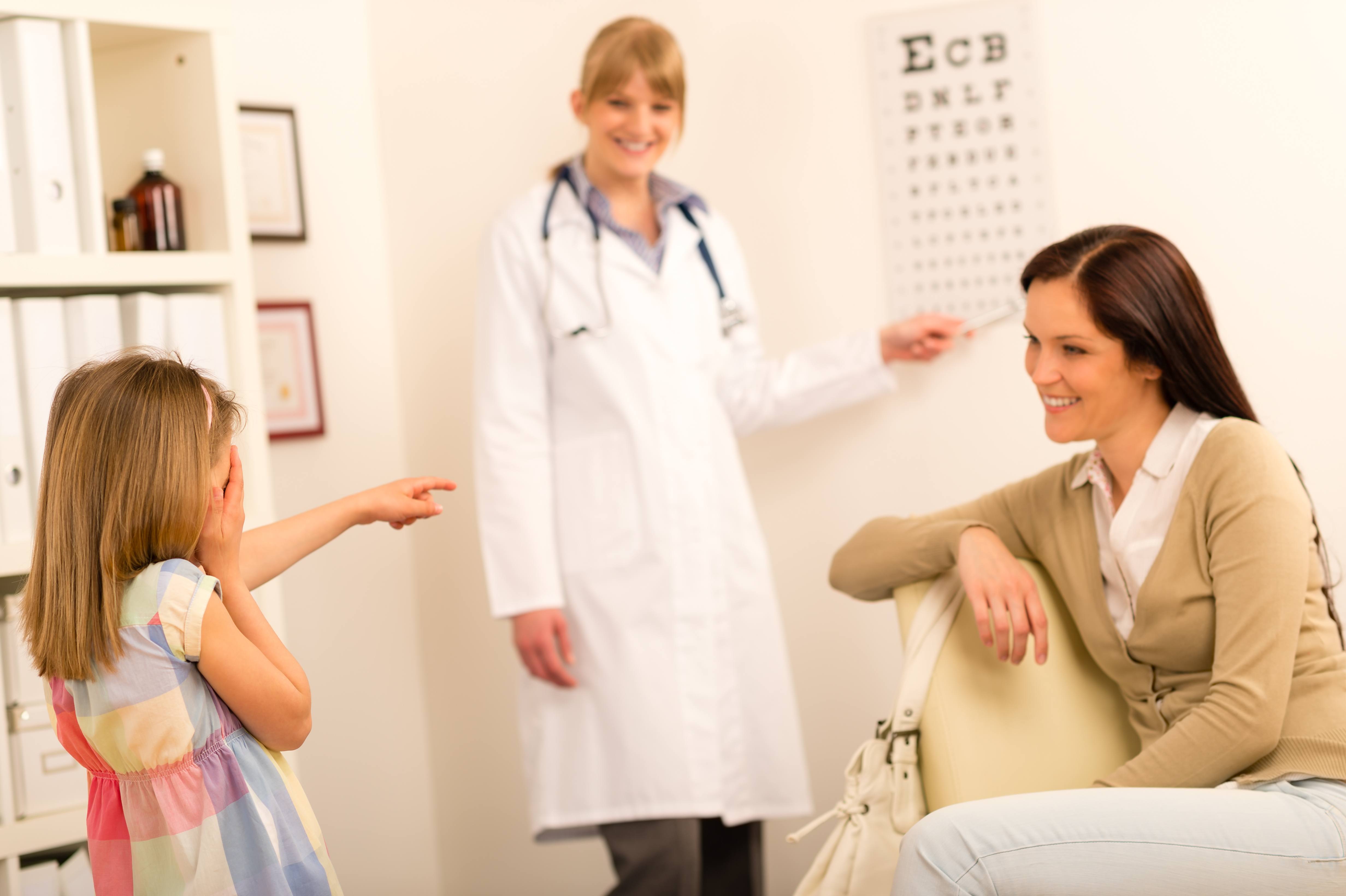long sightedness
Lesson 2
What is long sightedness
Long sightedness is a defect in the eye's focusing (refractive) mechanism, which makes nearby objects difficult to see.
SYMPTOMS
Reading and other close-up tasks are difficult.
The printed page or TV screen seems blurred.
Eyestrain.
Headache.
Irritability.
Distance vision may eventually be affected.
What causes long sightedness
When vision is normal, light rays from near and far objects converge precisely on the back of the eyeball (retina), which is made up of light sensitive nerve cells that carry light signals to the brain for processing as an image.
The retina is like the film in a camera; light rays must focus on it in order for the image to be sharp. Focusing is aided by the lens, the clear structure near the front of the eye whose shape can be altered by surrounding muscles.
In long sightedness, instead of converging precisely on the retina, the light rays from near objects converge too far back, behind the retina. At the point they strike the retina, they are not in sharp focus.
Long-sightedness, also called hypermetropia, tends to run in families. It is caused by the eye being too short from front to back. The error in focusing on near objects is present from birth, but symptoms may not appear until later in life because of the power of accommodation in young people.
Accommodation involves changing the shape of the lens by contraction of its surrounding muscles, which brings the point or focus forwards onto the retina.
With age, most people develop the effect of a degree of long-sightedness, a condition call presbyopia. This is caused by stiffening of the lenses, which reduces their ability to focus on close objects.
Adults can also become long-sighted, particularly as they approach middle age. Long-sightedness shouldn’t be confused with presbyopia, which makes focussing at near difficult because the lens inside our eye becomes less flexible with age and cannot focus for close distances.

How is long-sightedness’ diagnosed and treated
Narrowing the eyes can help sharpen the focus, but this can cause headaches and eye strain. The solution is to be fitted with corrective glasses or contact lenses.
These employ a refractive lens of plastic or glass directly in front of each eye that, in tandem with the natural lens, deflects light rays so they are focused on the retina
What can I do myself
Contrary to popular belief, neither long-sightedness nor short-sightedness’ is caused by overworking the eyes or reading in a dim light. Similarly, there are no exercises or other manoeuvres that will correct long-sightedness.
Avoid the non-prescription eyeglasses that are sold in some chemist or high street spectacle shops. Each person's eyes are different, and corrective lenses should be tailored to your specific needs.
When should I see my doctor
Everyone should have periodic eye examinations, beginning in early childhood. In addition, you should consult an eye specialist if you have difficulty reading, driving, or performing other tasks because of faulty vision.
Your eyes can be tested either by an ophthalmologist, a medical doctor who has advanced training in eye disorders, or an optometrist, a health professional who is trained to test eyes for refractive problems and prescribe corrective lenses.
In any event, your eyes should be examined regularly (at least every two years) by an ophthalmologist or an optometrist for signs of serious disorders.
These include:
Diabetes: A condition in which the body fails to produce enough of the hormone insulin. A complication which may arise is damage to the retina.
Cataracts: Opaque areas which may appear in the lens, obscuring vision, as a result of ageing or injury.
Glaucoma: An abnormal increase in the pressure of the fluid within the eye. This can lead to damage to the optic nerve and, if untreated, blindness.
What can I do to avoid long sightedness
Long-sightedness cannot be prevented, but it can be corrected by wearing properly fitted glasses or contact lenses.
SQUINT AND LONG SIGHTEDNESS
In young children with severe long-sightedness’ in one eye, the power of accommodation (the ability to change the shape of the lens to compensate) may not be enough to correct the focus in that eye.
The excessive amount of accommodation that is occurring may also cause the eye to turn inward, producing a squint.
Children found to have a squint should have their eyes checked by an ophthalmologist.
Correcting the long-sightedness with prescription glasses is often enough in itself to remove the squint.
What will the doctor do
The doctor will examine your eyes carefully, using special lights and equipment. If you are longsighted, the doctor will
use a set of supplementary lenses to determine the corrective power you will need for glasses.
When you can read the lower lines of the eye chart and can also read the small print of a sampler held at reading distance from your face, the proper lens correction has been determined.
You will then be given a prescription that an optometrist or optician can use to prepare your glasses.
It may be difficult or impossible to provide one set of corrections that will allow an older person to see both close and distant objects clearly and sharply.
This can be remedied by bifocals, which have lens corrections for both close and distant objects, or even trifocals, which provide multiple corrections.
Bifocal contact lenses are also available.
Is long sightedness dangerous
It is not a threat to health but can be dangerous if it hinders your ability to see while driving or operating dangerous machinery.
